Complete the following reaction :
(a) 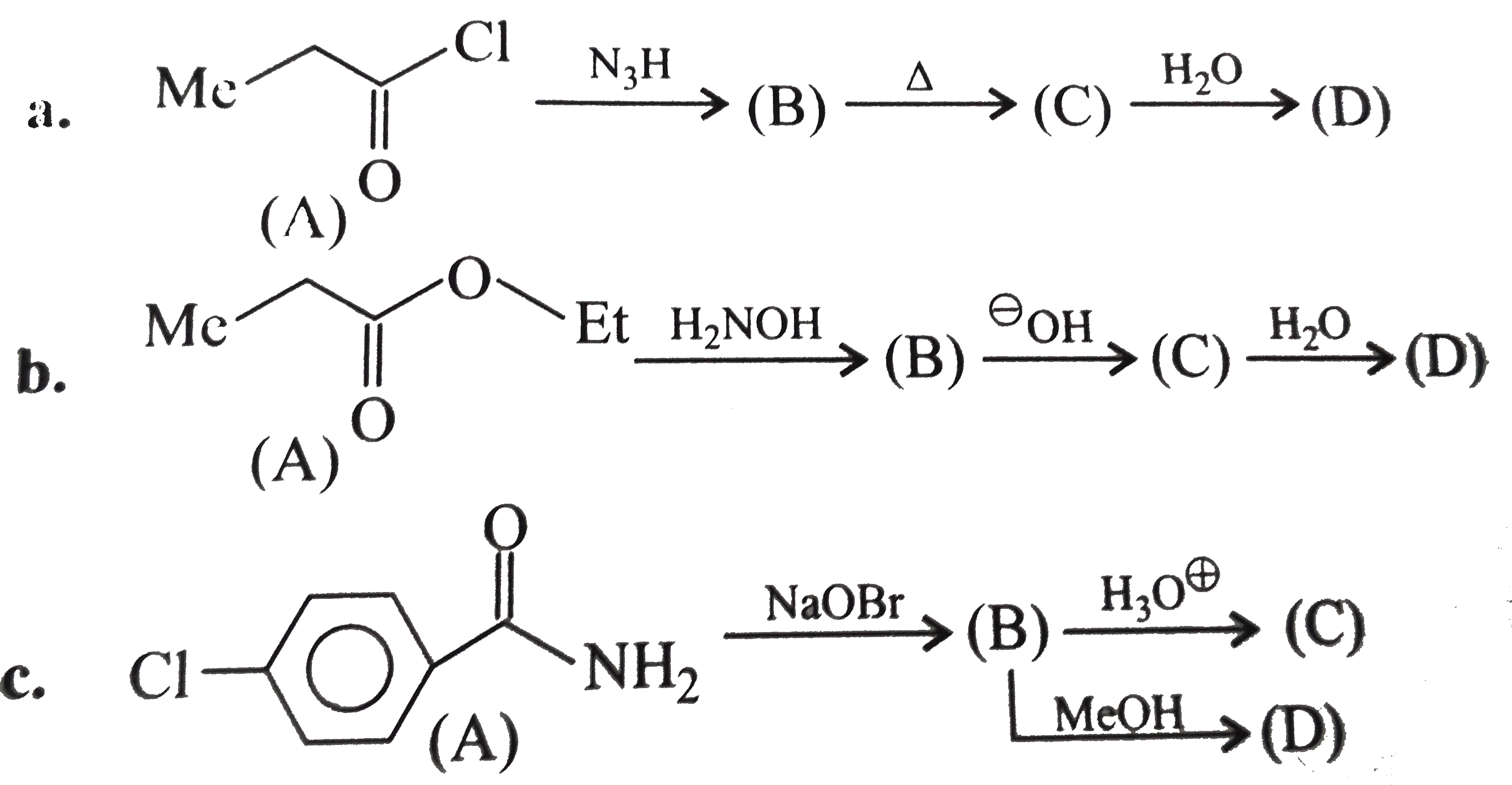
(b) 
( c) 
(d) 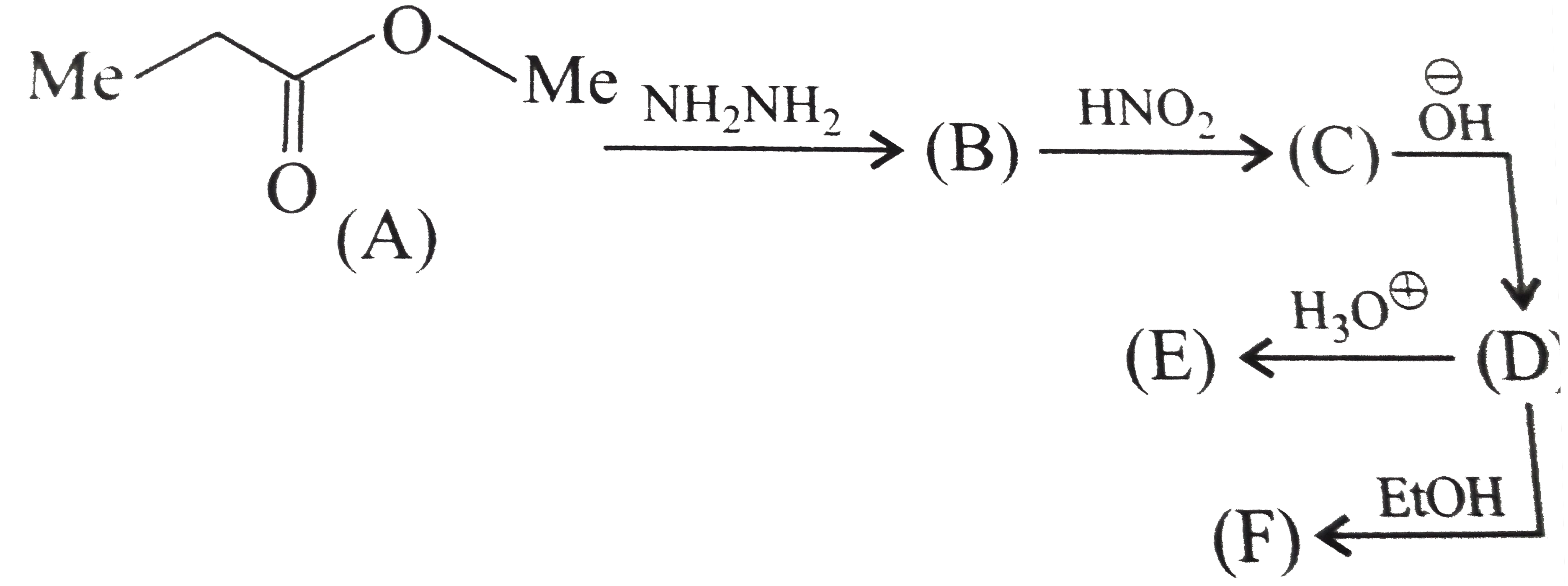
( e) 
(f) PhCHON3H/H⊕−−−−−→Δ(B)H3O⊕−−−→(C)+(D)
(g) 
(a) It is an example of Curtius reaction.

(b) It is an example of Lossen rearrangement reaction.
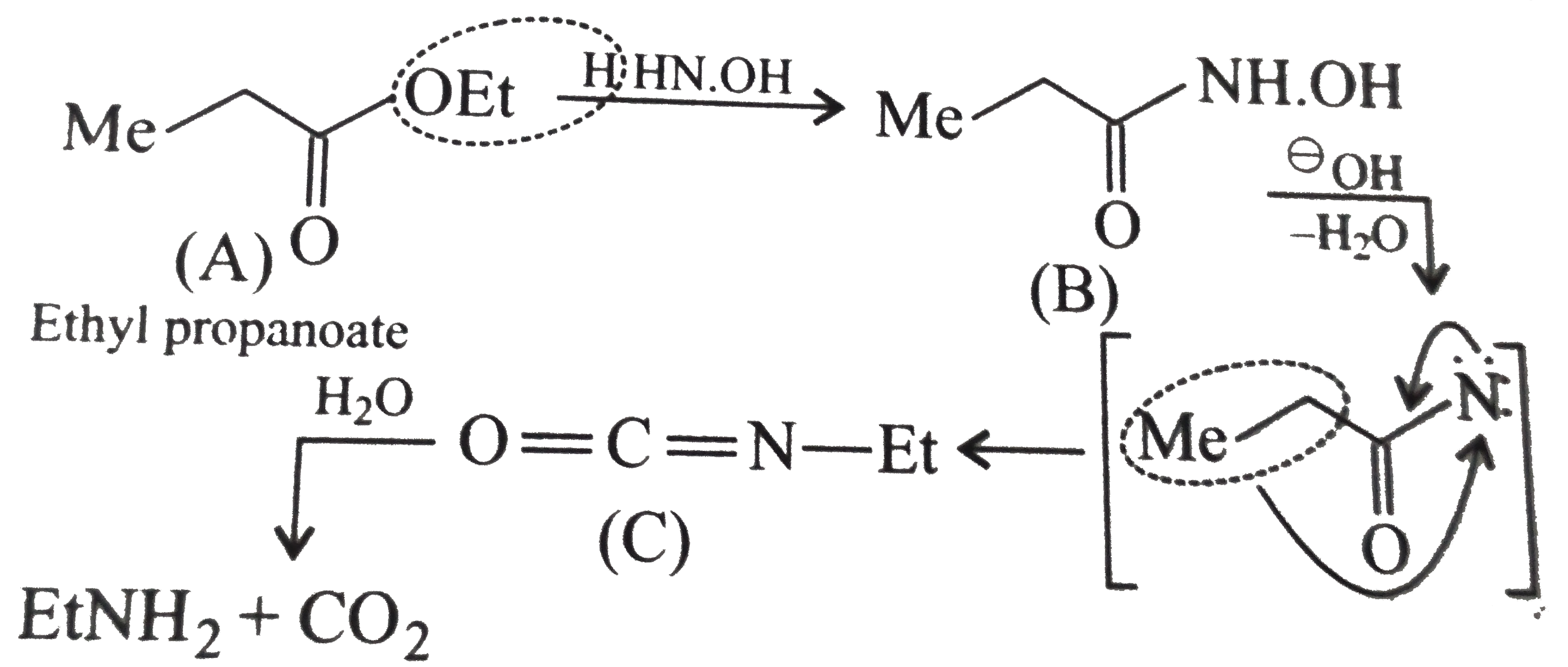
( c) It is an example of Hofmann bromamide rearrangement reaction.
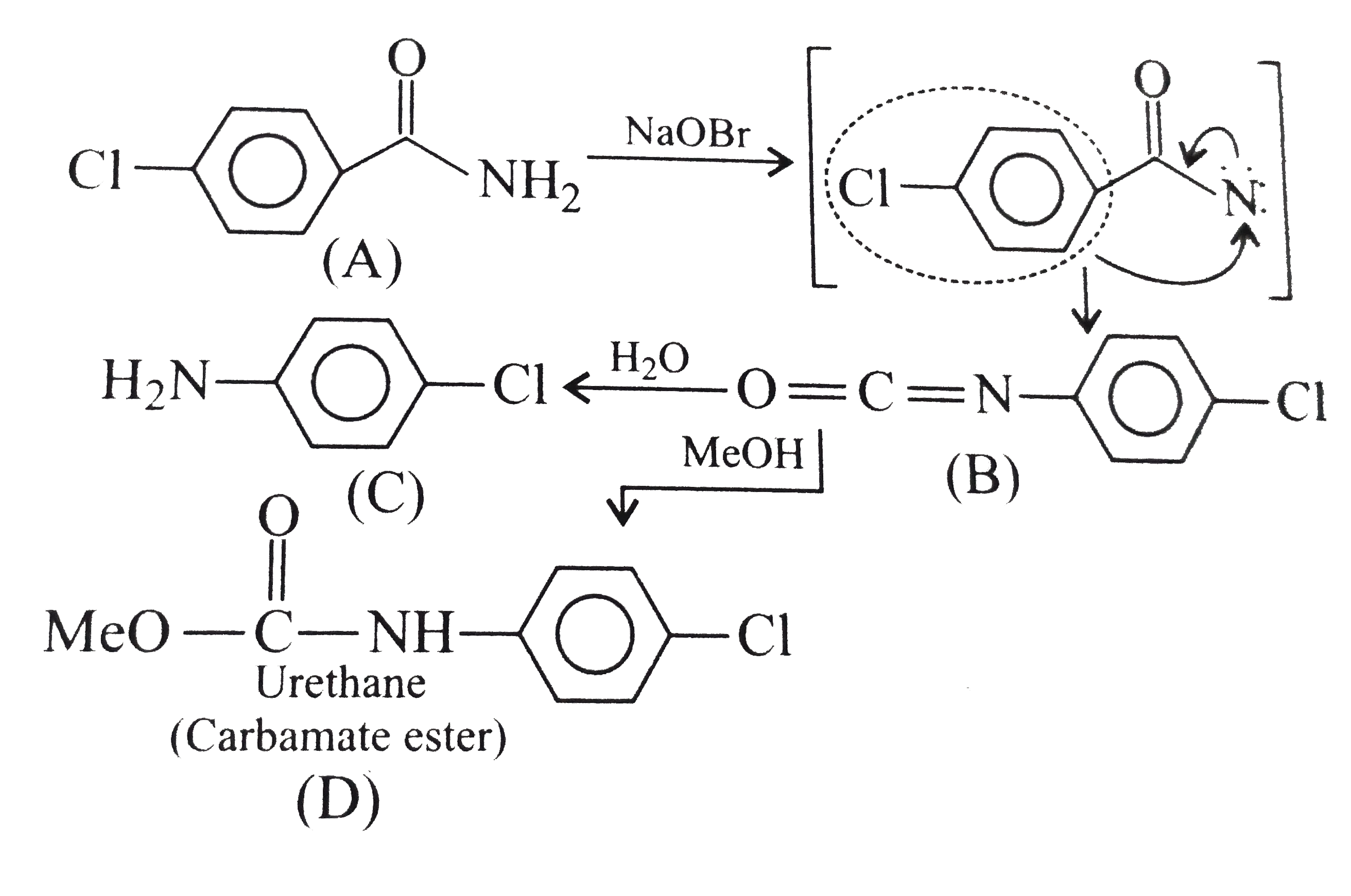
(d) It is an example of Lossen rearrangement reaction.
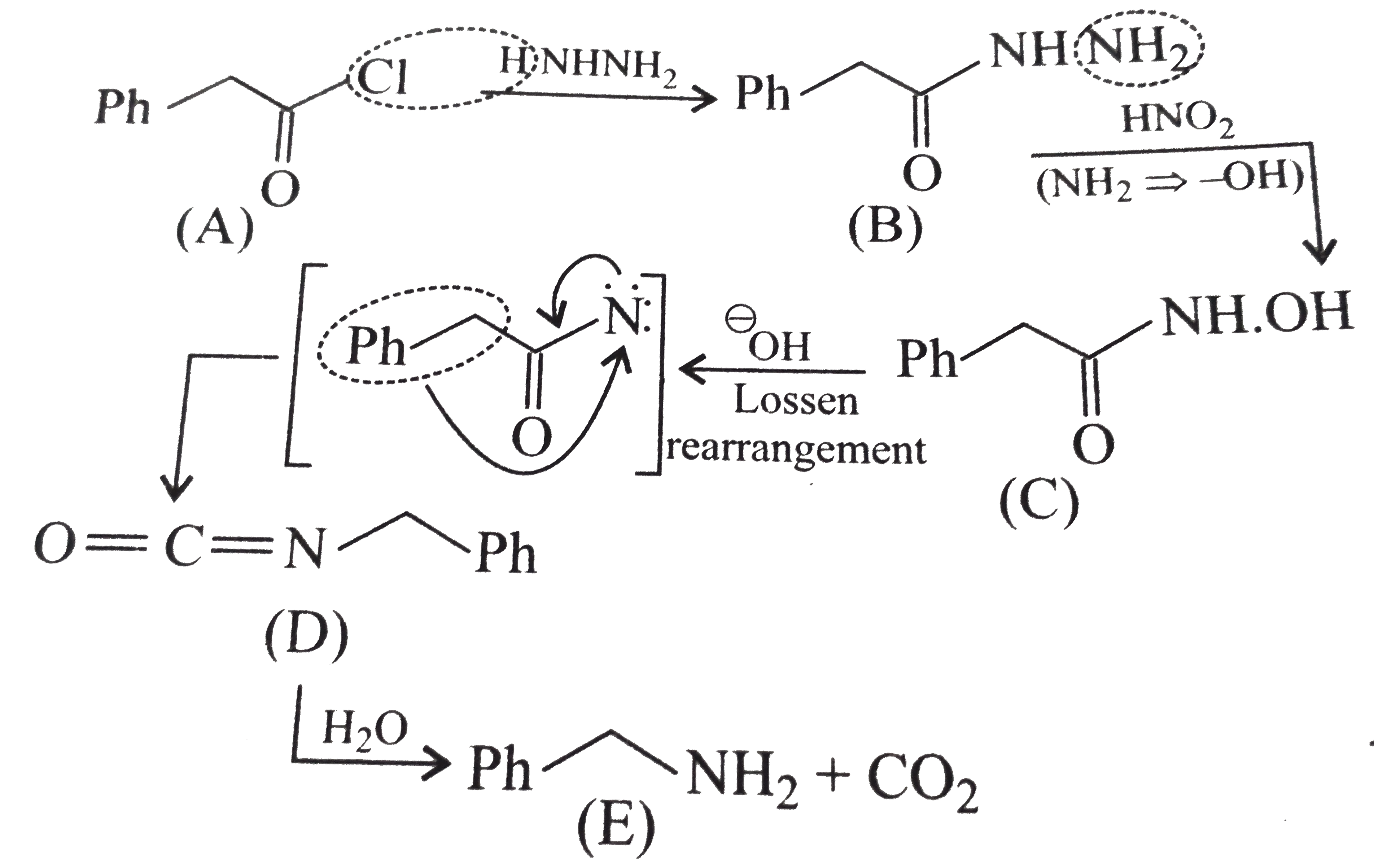
( e) Claisen-Schmidt rearrangement type reaction. Proceed direct, put (NH) group between (Me) and (C=O) groups (less EDG migrates, ED order Ar>H>R)
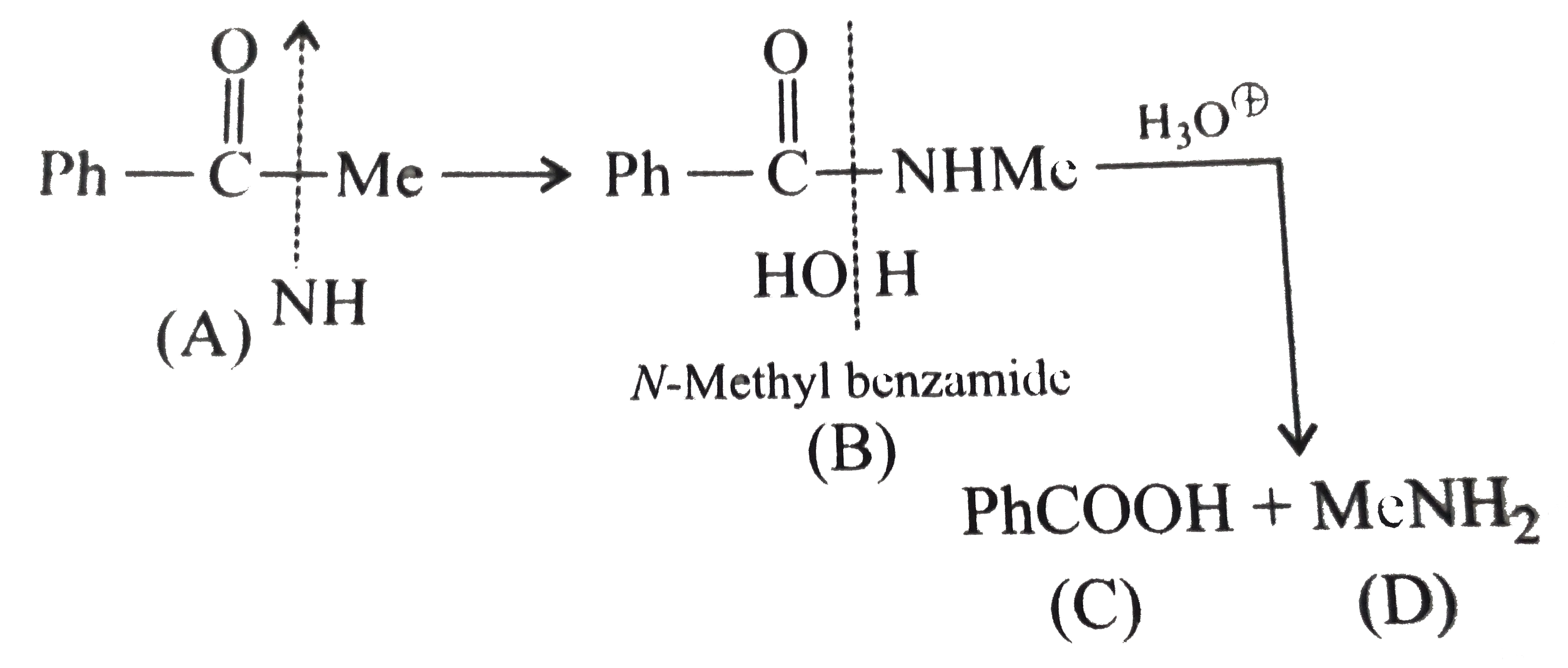
(f) Similar to problem (e) above. Proceed direct, put (NH) between (Ph) and (C=O) groups.
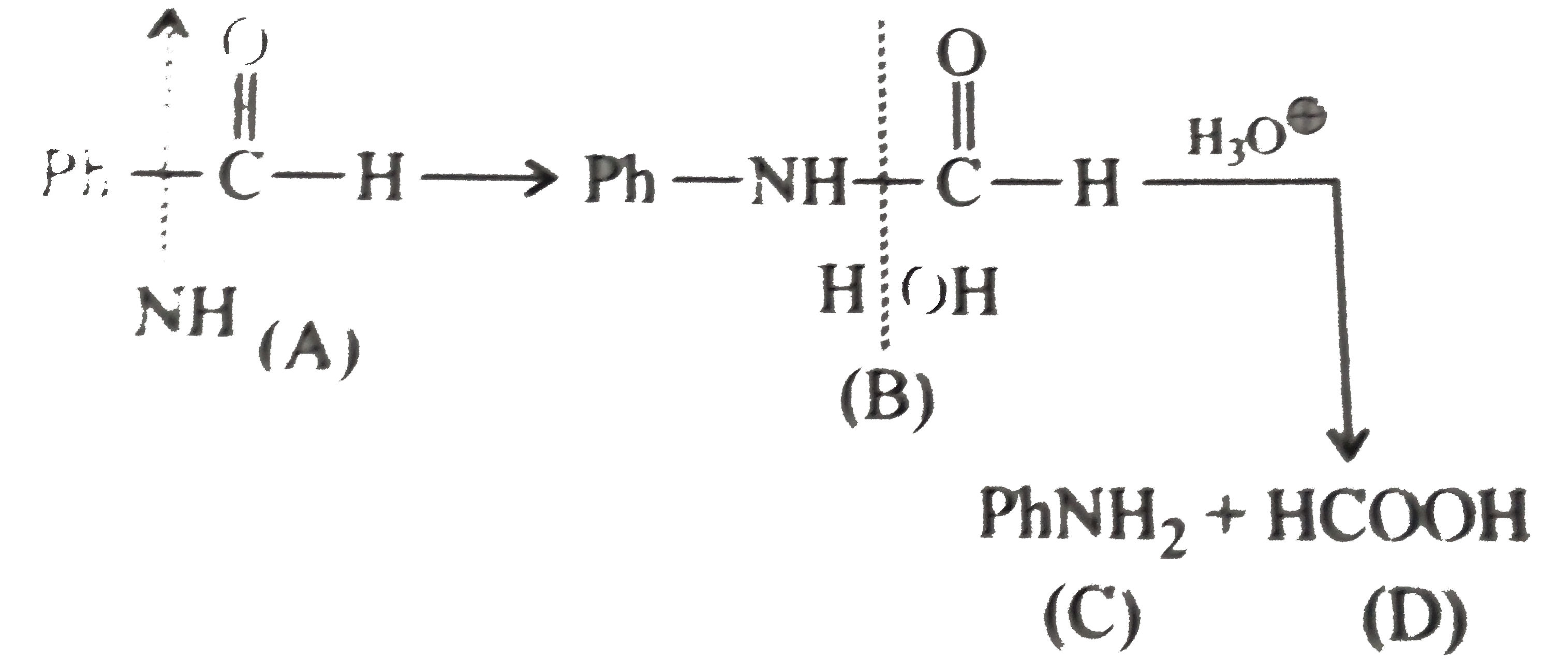
(g) It is an example of Lossen rearrangement reaction.
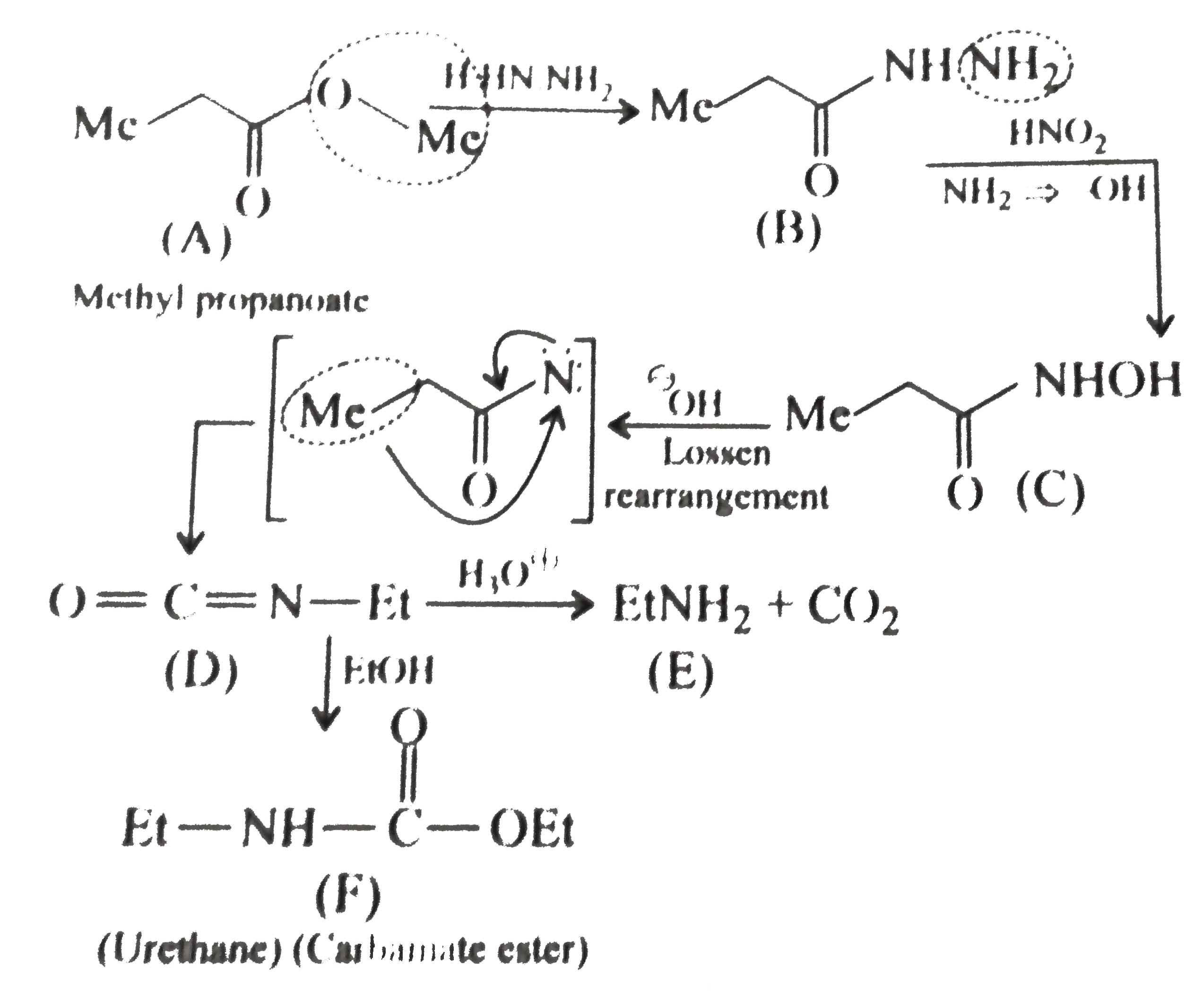
(h) It is an example of Arndt-Eistert rearrangement reaction.
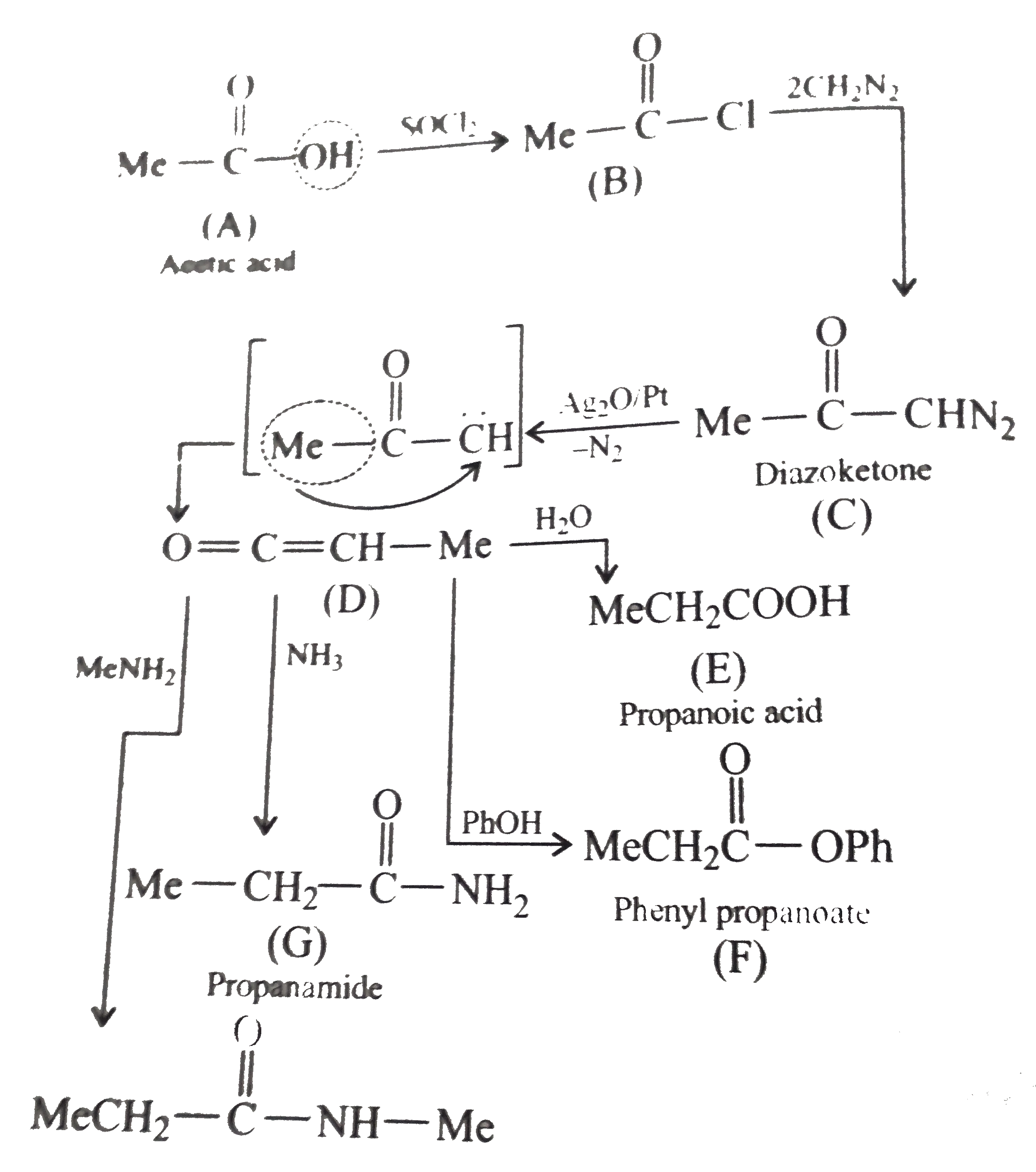
(i) It is an example of Reformatsky reaction.
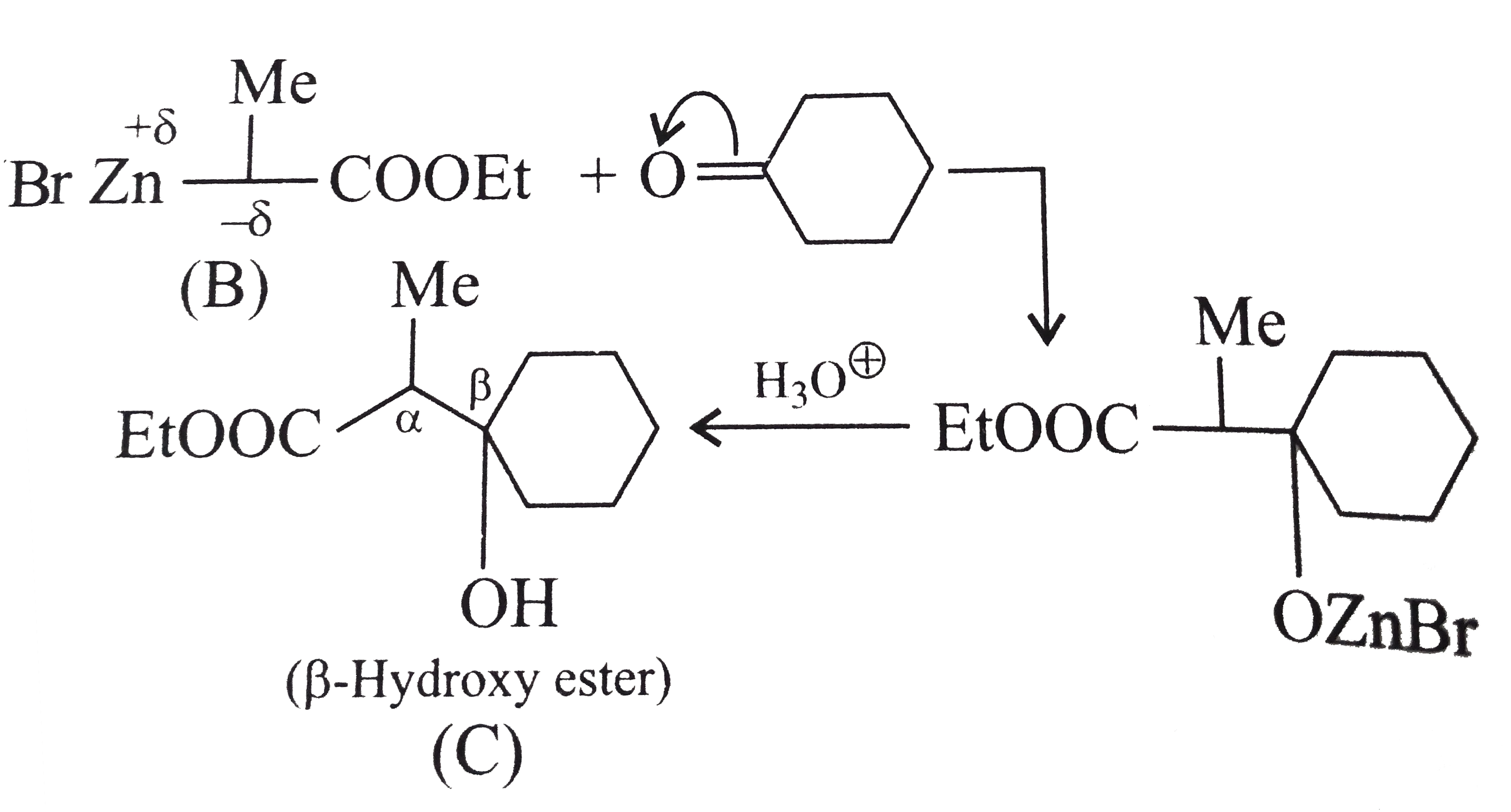 .
.
Topper's Solved these Questions
- CARBOXYLIC ACIDS AND THEIR DERIVATIVESBOOK - CENGAGE CHEMISTRYCHAPTER - CARBOXYLIC ACIDS AND THEIR DERIVATIVESEXERCISE - Exercises (Subjective)
19 Videos
- CARBOXYLIC ACIDS AND THEIR DERIVATIVESBOOK - CENGAGE CHEMISTRYCHAPTER - CARBOXYLIC ACIDS AND THEIR DERIVATIVESEXERCISE - Exercises (Linked Comprehension)
34 Videos
- CARBOXYLIC ACIDS AND THEIR DERIVATIVESBOOK - CENGAGE CHEMISTRYCHAPTER - CARBOXYLIC ACIDS AND THEIR DERIVATIVESEXERCISE - Exercises Archives (Analytical And Descriptive)
34 Videos
- BIOMOLECULES, POLYMERS AND CHEMISTRY IN EVERYDAY LIFEBOOK - CENGAGE CHEMISTRYCHAPTER - BIOMOLECULES, POLYMERS AND CHEMISTRY IN EVERYDAY LIFEEXERCISE - QUESTION BANK
8 Videos
- CHEMICAL KINETICSBOOK - CENGAGE CHEMISTRYCHAPTER - CHEMICAL KINETICSEXERCISE - Archives Subjective
23 Videos
Similar Questions
Complete the following reactions :
(a) C6H6+Ac2OAlCl3−−→(A)1.Br2/ӨOH−−−−−−→2.H3O⊕(B)
(b)
( c)
(d)
( e)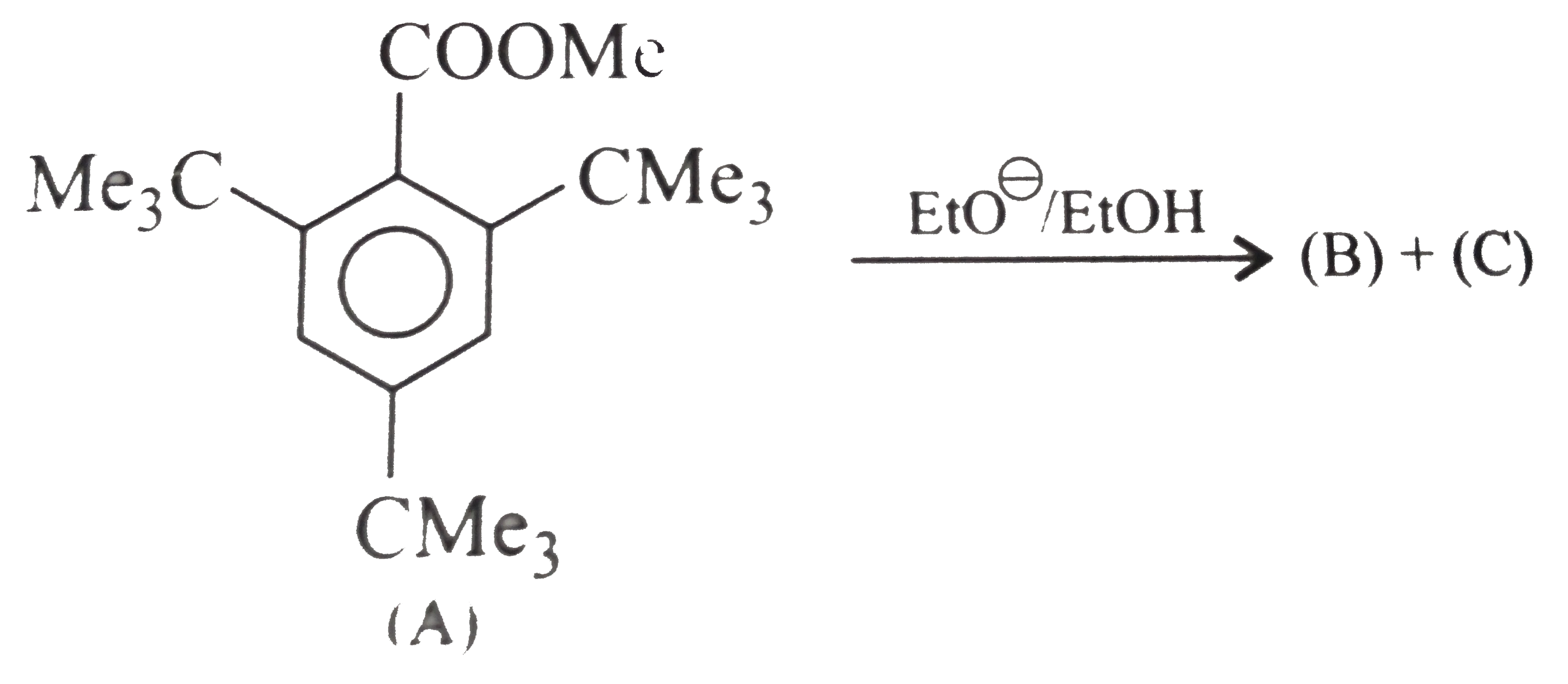
(f)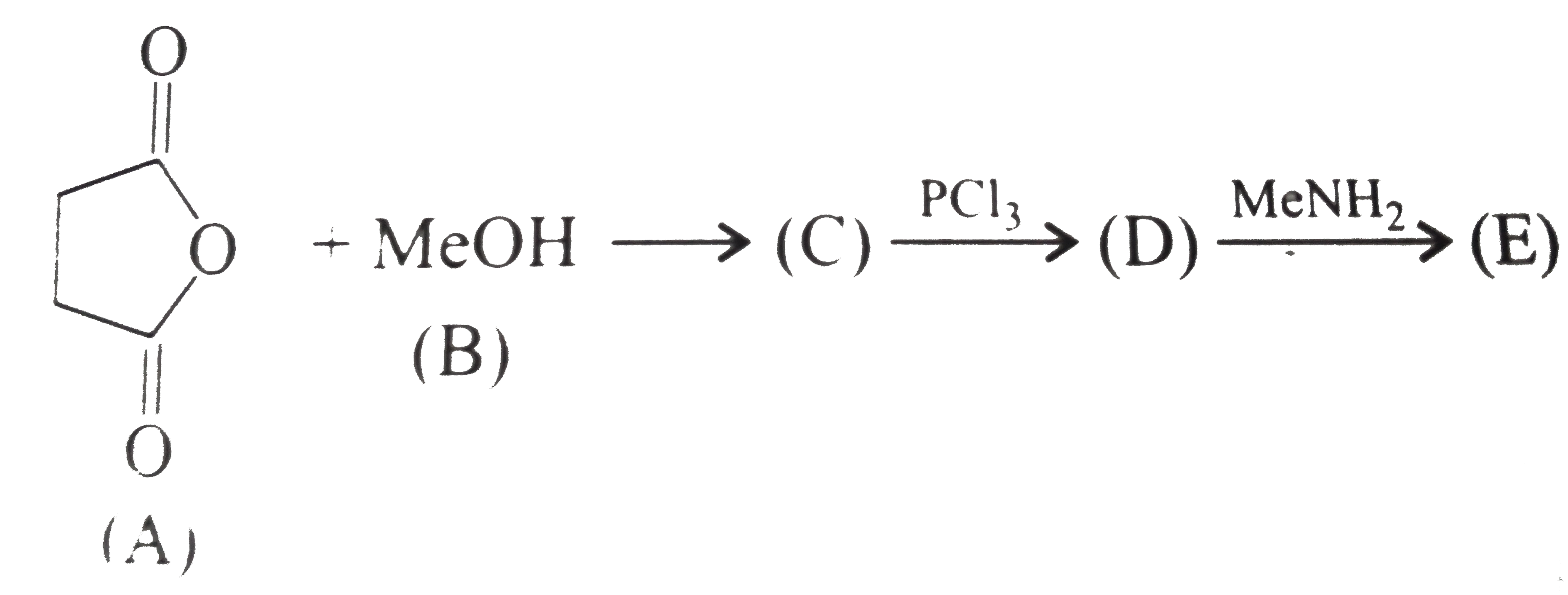
(g) .
.
View SolutionGive the structures of A, B and C in the following reactions :
(i) C6H5N+2Cl−CuCN−−−→AH2O/H+−−−−−→BNH3−−−−−→ΔC
(ii) C6H5NO2Sn+HCl−−−−−→ANaNO2+HCl−−−−−−−−−−→273KBH2O/H+−−−−−−−−→ΔC
View Solution
Knowledge Check
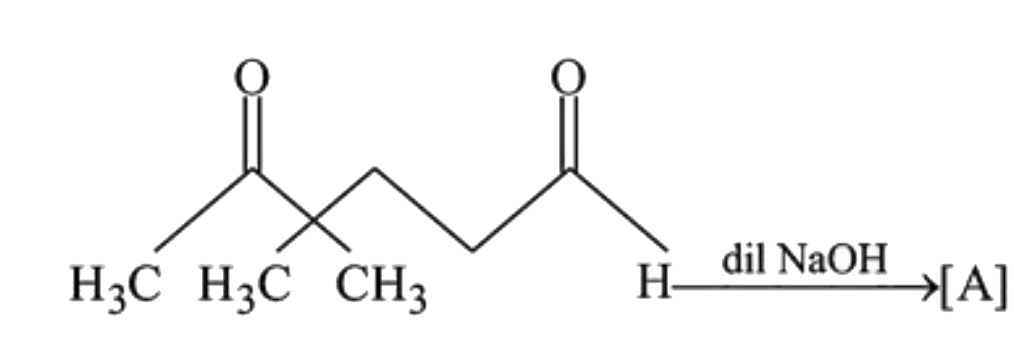 H2O+−−−→Δ[B]A
H2O+−−−→Δ[B]A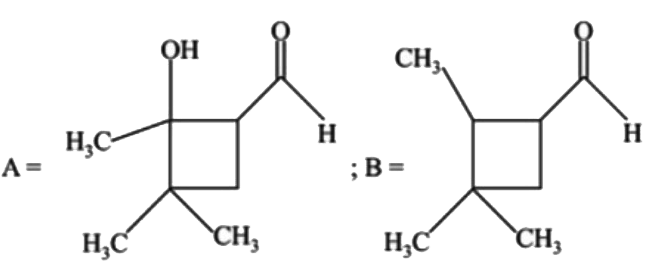 B
B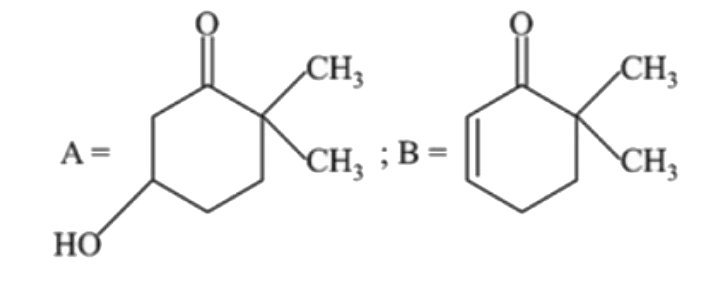 C
C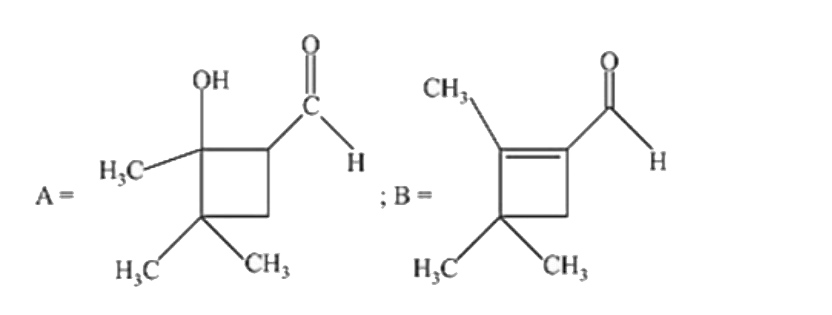 D
D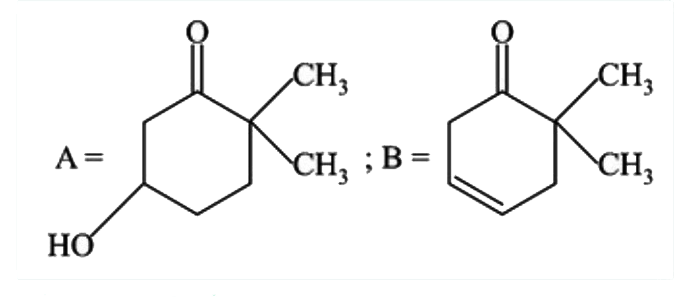
Which of the statements are correct about the reaction ?
 (A) H⊕−−→Δ (B) H2O⊕−−−→ (C ) Δ−−→ (D) A(B) is a six-membered cyclic lactam.B(B) is a five-membered cyclic lactam.CFormation of (B) from (A) is Beckmann reacrtio.DFormation of (B) from (A) is Beckmann rearrangment reaction.
(A) H⊕−−→Δ (B) H2O⊕−−−→ (C ) Δ−−→ (D) A(B) is a six-membered cyclic lactam.B(B) is a five-membered cyclic lactam.CFormation of (B) from (A) is Beckmann reacrtio.DFormation of (B) from (A) is Beckmann rearrangment reaction.
Complete the following reactions
a. PhNH2(A)HNO2−−−→0.5∘C(B)−−−−→DH2PO2(C)
b.
c. PhCH(A)=O+HCN(B)→(C)LAH−−→D
d. PhCH=O(A)+MeNO2(B)ΘOH−−→Fe,FeSO4−−−−−−→H⊕D
e.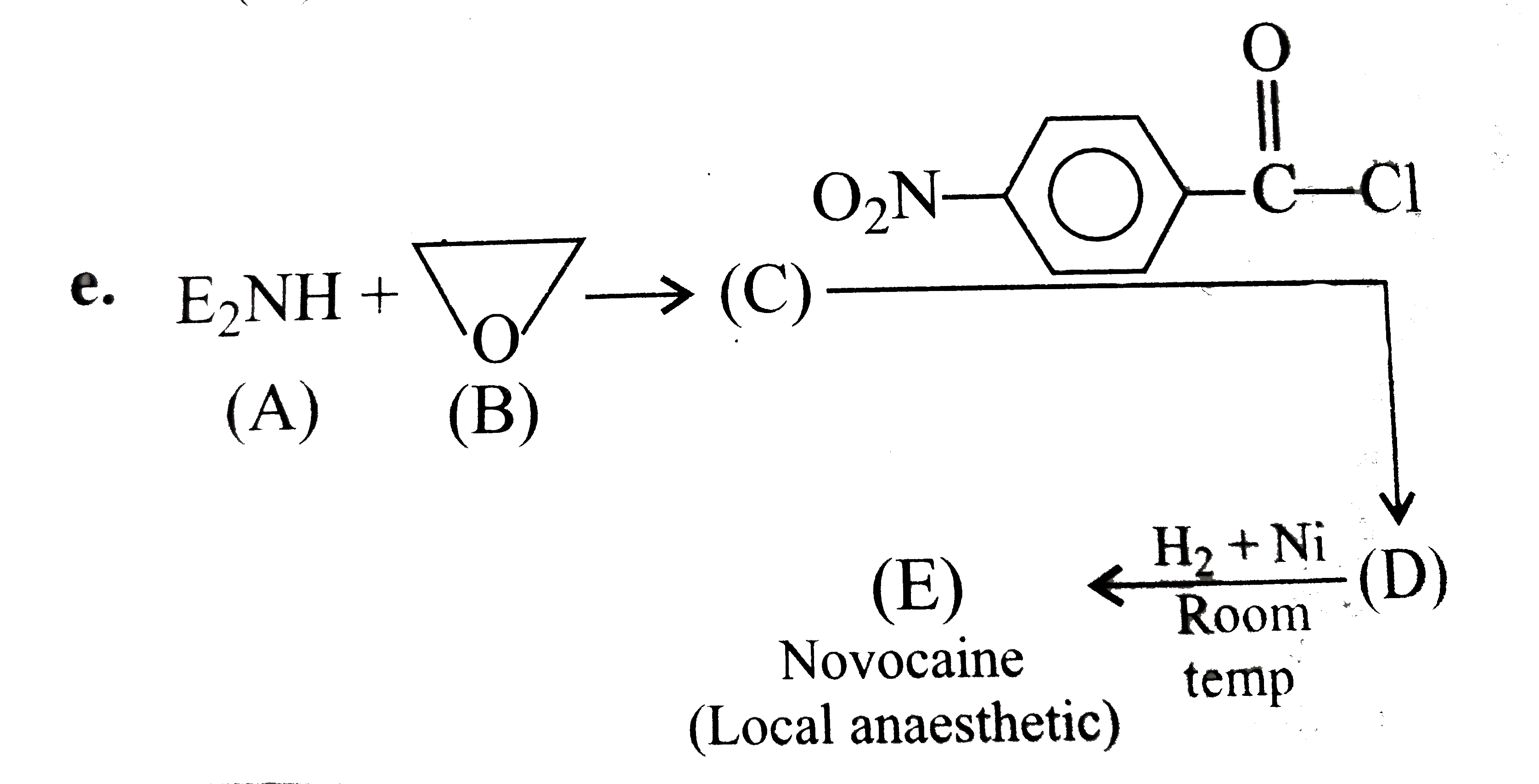
View SolutionComplete the following reactions
_S01_429_Q01.png)
_S01_429_Q02.png)
(c ) CH3CH=CH2mCPBA−−−−→AC2H5MgBr−−−−−−→H3O+B
View SolutionComplete the following reactions:
a. 2Me3C−−Br Ag2CO3−−−−→Δ (A)
b. MeOH+MeCH=O+HCI(g)→(B)
c. MeOH+H2C=O+HCI(g)→(C)
d.
View SolutionGive the structures of A, B and C in the following reactions :
C6H5N2ClCuCN−−−→AH2O/H+−−−−−→BNH3−−−−−→ΔC
View Solution(CH3)2+HCN→[A]H3O+−−−→[B]H2SO4−−−→Heat[C]
View SolutionComplete the following reactions:
a. PhCHO+CH3NO2ΘOH−−→Δ(A)
b. Me2CO+CHCI3ΘOH−−→(B)
c. PhCHO+CH3C≡NNΘH2−−→(C)
d. Me2CO+ ,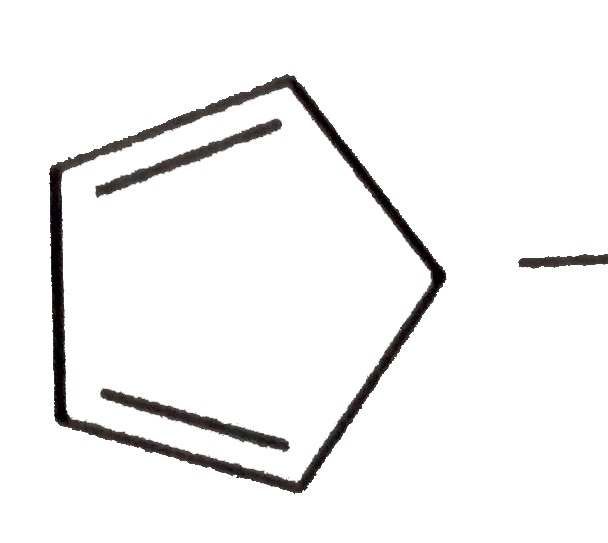 , ΘOH−−→Δ(D)
, ΘOH−−→Δ(D)
e. PhCHO+ ,
f.
g. PhCHO+ ,
View Solution
